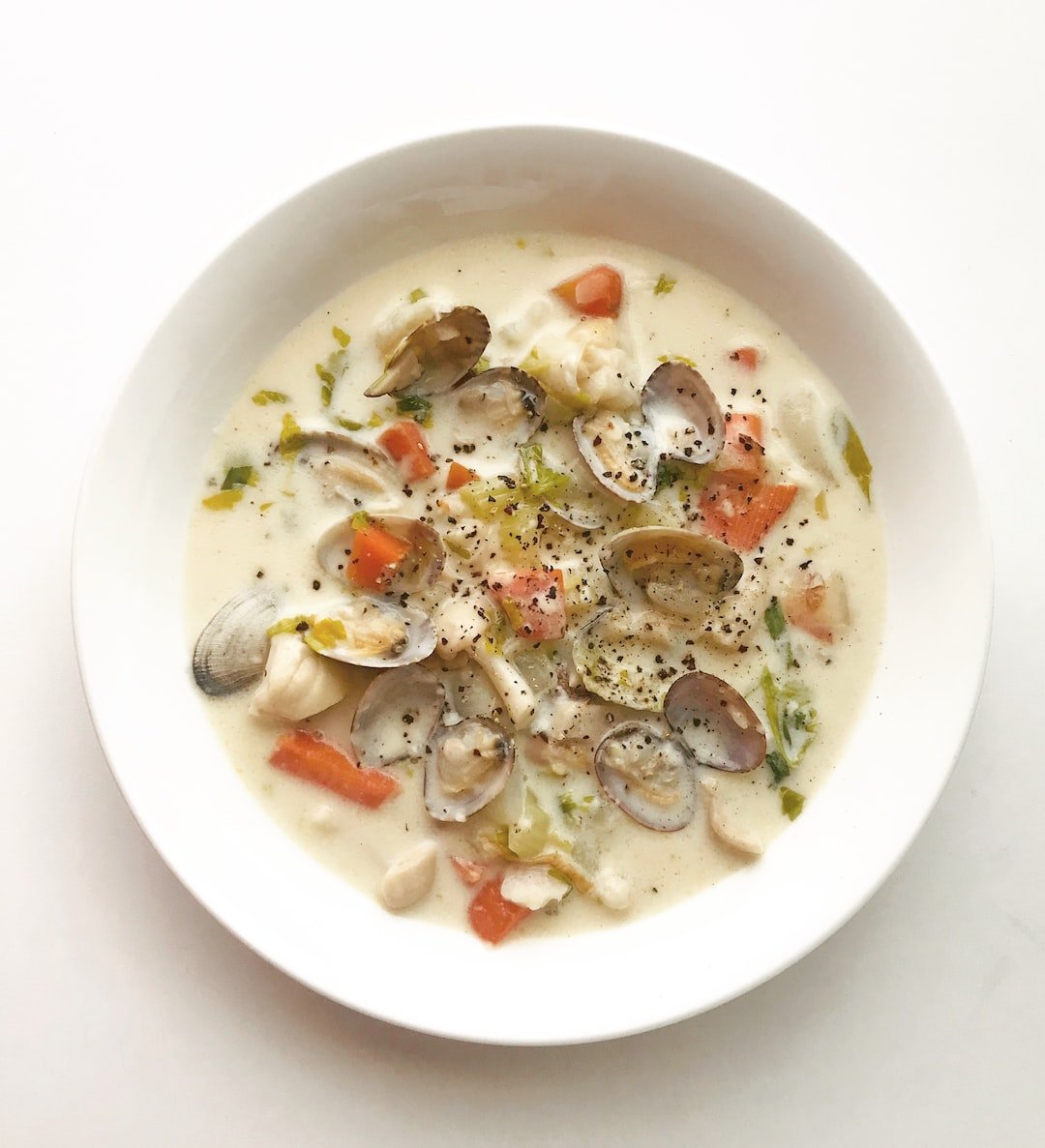As our society becomes more health-conscious, our focus on ancient grains has increased. These unprocessed grains have been consumed for centuries and are now gaining recognition for their numerous health benefits. From amaranth to quinoa, let’s delve into the world of ancient grains and discover why they should be a part of your diet.
One of the standout features of ancient grains is their high nutritional content. Unlike refined grains, which undergo extensive processing that strips away essential nutrients, ancient grains remain in their natural state. They are packed with vitamins, minerals, and fiber that are essential for our overall well-being. For instance, amaranth is abundant in calcium, iron, and magnesium, making it an excellent option for maintaining bone health and preventing anemia. Meanwhile, quinoa is a complete protein, containing all nine essential amino acids that our bodies need.
Ancient grains are also known for their low glycemic index, which means they have minimal impact on blood sugar levels. Foods with a high glycemic index can cause spikes in blood sugar, leading to energy crashes and weight gain. By incorporating ancient grains into your diet, you can regulate your blood sugar levels and feel more satisfied after meals. This can be particularly beneficial for individuals with diabetes or those trying to manage their weight.
Furthermore, ancient grains are gluten-free alternatives for individuals who have celiac disease or gluten sensitivities. Consuming gluten can lead to gastrointestinal discomfort and long-term health issues for these individuals. Ancient grains, such as millet and teff, provide a safe and nutritious option for those following a gluten-free lifestyle.
Another compelling reason to embrace ancient grains is their potential to reduce the risk of chronic diseases. Research has shown that consuming whole grains, including ancient varieties, can lower the risk of heart disease, type 2 diabetes, and certain types of cancer. The fiber present in ancient grains helps regulate cholesterol levels, thus reducing the risk of heart-related issues. The diverse array of antioxidants found in these grains also aid in preventing cell damage and reducing inflammation, promoting better overall health and longevity.
Incorporating ancient grains into your diet doesn’t have to be complicated. There are various ways to enjoy them – you can add them to salads, soups, or use them as a substitute for rice or pasta. Many people also enjoy using ancient grain flour, such as spelt or einkorn, in their baking recipes.
In conclusion, ancient grains offer a multitude of health benefits that make them a valuable addition to any diet. They are nutritional powerhouses, promoting bone health, regulating blood sugar levels, and reducing the risk of chronic diseases. By incorporating them into your meals, you not only enhance your overall health but also add exciting flavors and textures to your culinary repertoire. So, why not embark on a journey to discover ancient grains and reap their health rewards?

